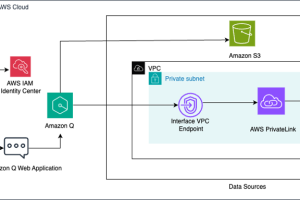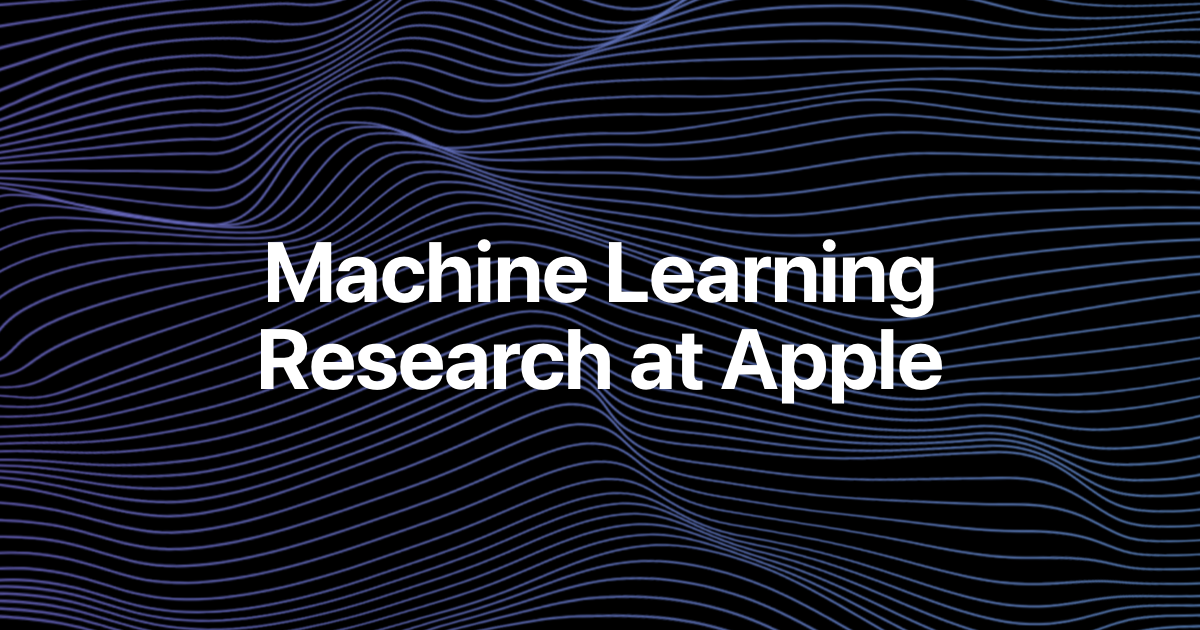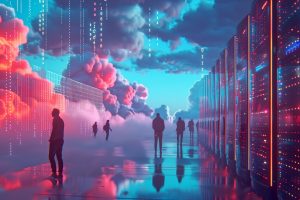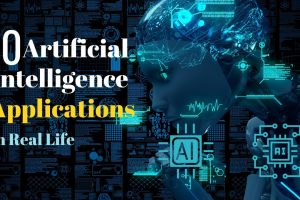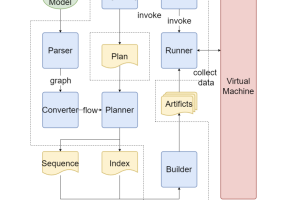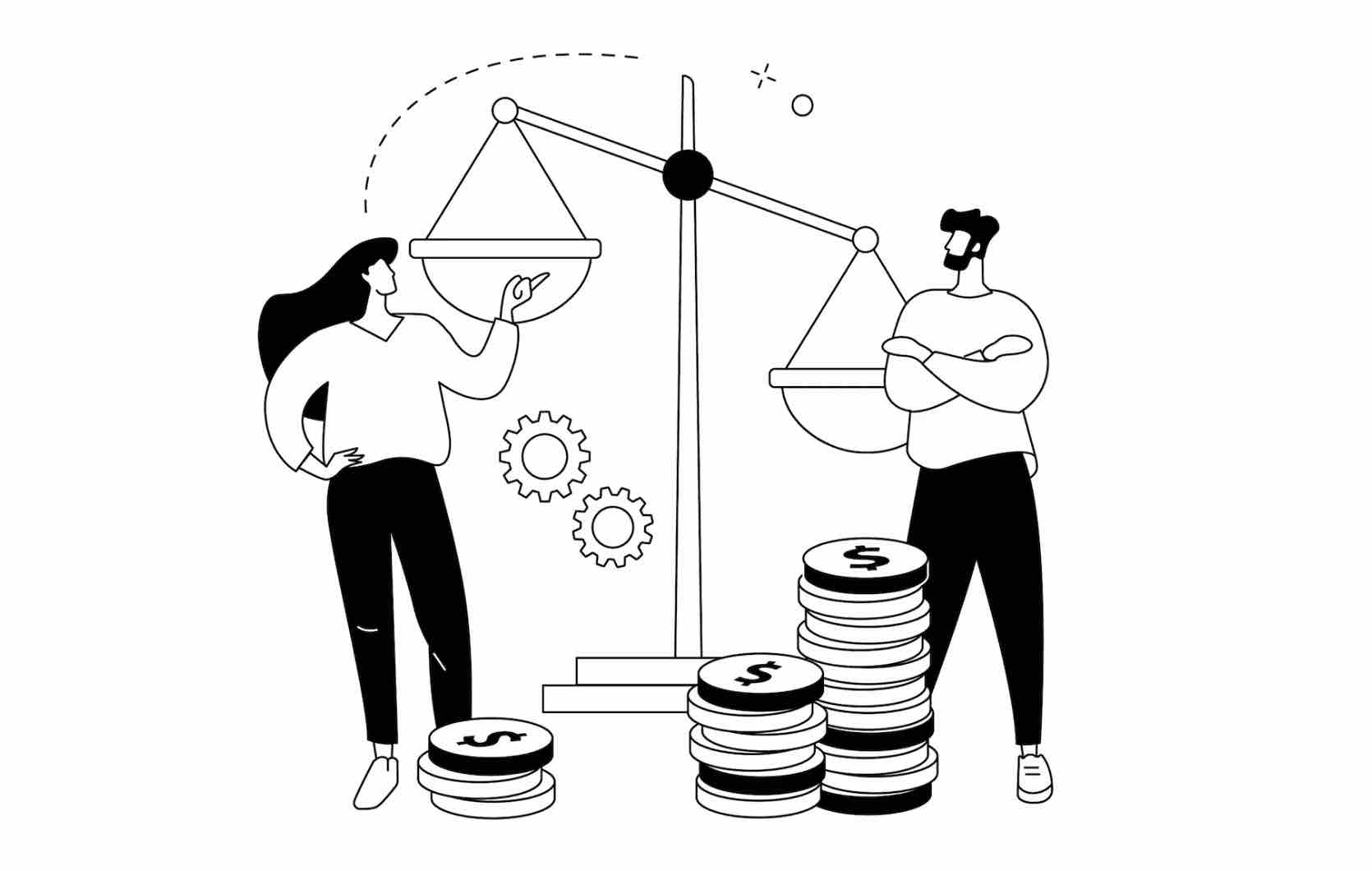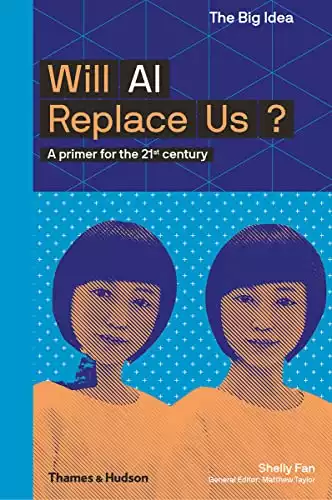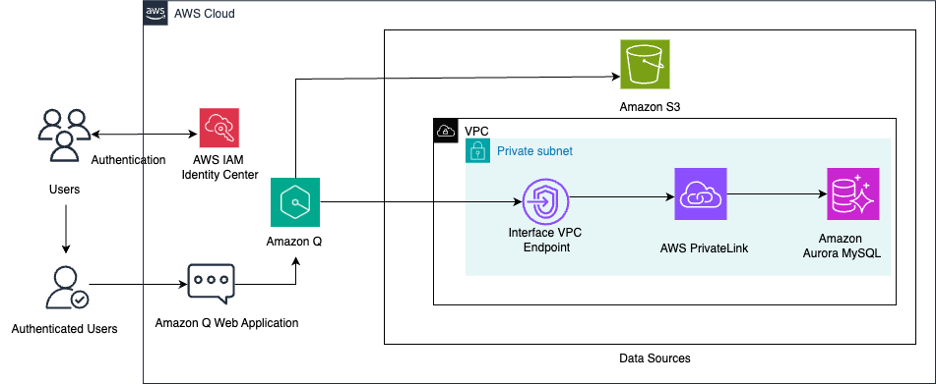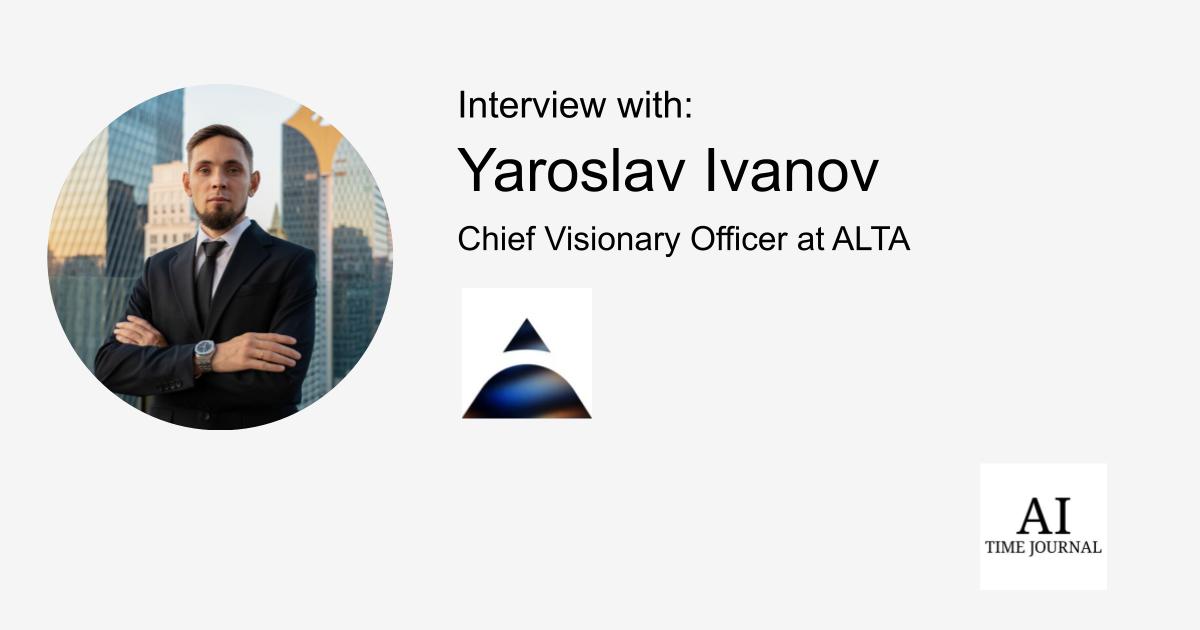Introduction – AI and Economic Inequality
Artificial intelligence has seeped into various aspects of life in the 21st century. While this digital technology offers countless benefits, such as simplifying tasks and opening new avenues for business formation and job creation, it also presents several challenges. One of the most concerning issues is the exacerbation of economic inequality. The disparities extend beyond wealth division and also appear in labor, education, and healthcare sectors.
When talking about AI’s influence, it’s crucial to look beyond technological progress and consider its broader societal impact. One of the biggest risks is the alteration of the labor market. Advanced countries with access to more resources can deploy artificial intelligence to replace human labor in numerous industries. The result is a decrease in labor demand and job displacement for those who lack specialized skills to work alongside or manage these new technologies.
Another aspect is the concentration of market power. Businesses with sufficient resources to invest in AI technologies gain a competitive advantage, thus perpetuating the cycle of wealth accumulation at the top. The widening income inequalities create a ripple effect, affecting the quality of life for less affluent individuals, who face limited access to educational and healthcare services enriched by AI. This situation creates a structural inequality where the gap between the ‘haves’ and the ‘have-nots’ keeps widening, leading to social unrest and dissatisfaction.
Financial services, too, are undergoing significant changes. Wealth management, risk factors assessment, and even recovery support services are becoming more efficient through AI. Still, these services remain out of reach for many due to the high costs associated with the technology.
Therefore, the artificial intelligence revolution, while remarkable, calls for an urgent examination of its role in widening economic inequality. The following discussion aims to dissect this issue from multiple angles, offering a comprehensive look at a problem that could define the challenges of this century.
AI and labour market inequality
Artificial intelligence is transforming how businesses operate, but this shift has consequences for human labor. AI-driven automation technologies are rapidly taking over tasks traditionally performed by people. While this can increase efficiency, it also leads to job displacement, especially for low-skilled workers. As businesses adopt AI to improve performance, they reduce their dependence on human labor, causing a shift in labour demand.
In sectors like manufacturing, transportation, and customer service, the use of automation technologies can lead to large-scale layoffs. Such displacement impacts not only individual livelihoods but also the aggregate demand in an economy. When fewer people have stable incomes, it can result in reduced consumer spending, affecting other sectors and potentially leading to a financial crisis. The phenomenon is more apparent in advanced countries where technological advancements are more prevalent, but it also has global implications. As jobs move or become automated, workers in less advanced countries feel the pinch too.
Another notable concern is the shift in the type of skills demanded. AI technologies often require a new set of skills for their management and upkeep, thus creating a skill divide. Those who cannot afford to retrain or upskill are left behind in the job market, perpetuating a cycle of inequality. And it’s not just about the loss of jobs; it’s about the quality of jobs available. Automation often replaces routine, repetitive tasks, leaving human workers to do more complex tasks which require higher education and skills. This means that unskilled labor opportunities are shrinking, forcing people into either low-paying service jobs or unemployment.
AI offers huge potential for business dynamism and innovation, but we must tackle the imbalances it causes in the labor market. Failing to address these issues could lead to social unrest and limit AI’s full benefits for society. So, the question isn’t if we should adopt AI, but how to manage it so it benefits everyone, not just a select few.
AI and Wealth Gap
The integration of artificial intelligence into the business model of many industries is creating a widening gap between the wealthy and the less affluent. Companies with the resources to invest in advanced AI technologies gain an unprecedented edge over smaller competitors. This market power allows them to optimize operations, improve customer experience, and even predict market trends, thus accumulating more wealth and widening the income inequalities.
For example, in financial services, the use of AI algorithms for high-frequency trading or risk assessment gives large corporations a considerable advantage over individual investors or smaller firms. This concentration of resources and technological capabilities creates barriers to entry for new players, stifling business dynamism. In essence, AI can help rich companies get richer, pushing out those with less access to such advanced technologies.
But the impact of the wealth gap isn’t confined to the business world; it trickles down to individual lives as well. Affluent people have more opportunities to benefit from AI-driven services, from personalized healthcare to exclusive educational programs, thus improving their quality of life at a rate much faster than the rest of the population. On the other end, those who can’t afford these services are left further behind, causing social norms to shift and solidify these economic divisions.
This problem is likely to get worse as we make further advances in technology. While some suggest that a basic income could be a solution to this issue, there is no one-size-fits-all answer. Tackling the widening wealth gap in the era of artificial intelligence will require a multi-faceted approach. This might include regulation to prevent monopolies, public investment in AI for public services to even the playing field, and educational initiatives to help a broader range of people benefit from technological progress.
AI’s Skill Divide
Artificial intelligence is heralding a new era of technological capabilities, but it’s also creating a growing divide in the workforce. The skill divide is becoming evident as AI technologies become integral parts of various industries. As businesses adopt more sophisticated AI tools, the demand for specialized skills to manage and interact with these technologies increases. This shift poses a significant challenge for those whose skills are becoming obsolete in the face of AI-driven automation.
Workers with expertise in artificial intelligence, data analysis, and other high-tech skills are in high demand. These individuals often command higher salaries and enjoy more job opportunities, thus further widening economic disparities. On the flip side, those engaged in jobs that don’t require specialized skills—often roles that are prime candidates for automation—are finding fewer opportunities and lower pay.
The skill divide is not just a labor market issue; it’s a societal one. As AI becomes more prevalent, the skills needed to participate fully in society are changing. Basic tasks like filling out online forms, applying for jobs, or even accessing public services are becoming more complex, requiring a level of digital literacy that not everyone possesses. This lack of access exacerbates existing inequalities, creating a cycle that is increasingly hard to break.
Efforts to address this issue often involve retraining programs aimed at helping workers acquire new skills. While these are necessary, they are often not enough. First, not everyone has access to such programs, particularly those already marginalized. Second, the pace at which AI is evolving makes it difficult for educational and training programs to keep up. Thus, even with training, there is no guarantee of long-term job security as AI continues to advance.
Algorithmic Bias
As artificial intelligence becomes more integrated into decision-making processes, there’s a rising concern about algorithmic bias perpetuating and even exacerbating social inequalities. Algorithms usually mirror the training data, so if the data has systemic biases, the AI will also show those biases. For example, AI algorithms in the justice system that predict recidivism rates have unfairly targeted minority communities, deepening existing inequalities.
Algorithms screen resumes and conduct initial interviews in the job market. When trained on data from mainly privileged groups, these algorithms can develop biases against applicants from marginalized communities. This situation narrows job opportunities and adds to income inequalities, making it harder for these communities to land well-paying jobs.
Financial services, such as credit scoring and loan approval processes, also employ algorithms. These systems can perpetuate bias by relying on historical data that may have been influenced by discriminatory practices. As a result, people from lower-income backgrounds or minority communities may face higher interest rates or may be denied loans, exacerbating existing financial struggles.
Algorithmic bias in healthcare poses significant risk factors. Medical algorithms may favor symptoms and conditions common in specific demographics. Failing to address this algorithmic inequality could lead to poor medical care for certain populations, lowering their quality of life.
Education is not immune to this issue either. Algorithms can determine the allocation of resources, such as teachers and educational programs, based on test scores and other performance metrics. Invariably, affluent schools with better performance get more resources, further widening the educational gap between them and under-resourced schools.
It’s clear that algorithmic bias has the potential to reinforce existing social norms and inequalities. As we become more reliant on AI for essential services, it’s crucial to scrutinize these algorithms for bias and correct them. Failing to do so can lead to a vicious cycle of inequality that will become increasingly difficult to break as technology advances.
AI in Education Inequality
Artificial intelligence has begun to make its mark on the education sector, offering tools that can personalize learning, automate administrative tasks, and even predict student performance. These technological advancements risk widening the gap in educational outcomes between affluent and underprivileged students. One glaring issue is access to programs and resources. High-income schools can afford sophisticated AI software that provides students with personalized learning experiences, from real-time feedback to tailored study paths. This allows students to maximize their educational gains.
In contrast, schools in underprivileged areas often lack the resources to implement such advanced technologies. This is not merely a question of budget constraints; it’s also about the availability of skilled teachers and educational staff who can effectively integrate AI into the curriculum. For example, a school in a wealthy district might have an AI program that helps teachers identify when students are struggling with specific concepts. These teachers can then intervene early, providing additional resources or specialized instruction. Schools that can’t afford such technologies rely on traditional methods, which might not be as effective in identifying at-risk students quickly.
Another example is the use of AI in career guidance. Affluent schools may use AI algorithms to analyze a student’s performance, interests, and market demand to recommend potential career paths. In schools with fewer resources, career guidance might be generic and not tailored to individual aptitude or labor market trends, thus affecting students’ future earning potential.
Even seemingly neutral uses of AI, like online testing platforms, can contribute to educational inequality. Students in well-resourced schools usually have access to faster internet connections and more up-to-date devices, making it easier for them to engage with AI-based educational software. This further marginalizes students from low-income families who might not have access to reliable internet or modern devices.
AI in Healthcare Inequality
AI is increasingly common in healthcare, but the benefits aren’t shared by everyone. In wealthy hospitals, AI can analyze medical images to spot diseases like cancer early on. This is often more accurate and quicker than human diagnosis. Such advanced tools are usually out of reach for hospitals in less affluent areas, contributing to unequal healthcare outcomes.
When people use AI tools from rich countries in poorer nations, inequality continues. These algorithms often use training data from advanced countries, which have different lifestyles, diets, and diseases. For instance, an AI system trained to diagnose skin cancer using data from mainly Caucasian populations may not work well for people with darker skin tones. Likewise, a diabetes prediction algorithm based on Western diets might not apply to people in many African or Asian countries with different diets and lifestyles.
Telemedicine is another AI application that could bridge the healthcare gap, but again, there’s a divide. It’s most effective when there’s reliable internet, something often missing in rural or less developed areas. So, while urban dwellers can consult a doctor online, people in remote areas are left out.
Resource management in hospitals also sees the impact of AI. High-income hospitals use AI to keep track of inventory, making them more efficient. In less wealthy settings, this task is manual, eating up time that could be spent on patient care.
AI’s Regional Impact On Inequality
AI is changing many aspects of life, from healthcare to jobs. But its impact isn’t the same everywhere. Big cities are often the first to get new AI technologies. This gives people in urban areas a big advantage. For example, cities might have AI-powered public transport systems that make travel quicker and safer. Rural areas, on the other hand, often still rely on outdated methods. This affects everything from job access to quality of life.
Companies tend to set up AI research centers and businesses in cities where there are skilled workers. This brings more jobs and money into those areas. In contrast, smaller towns and rural areas often miss out on these opportunities for job creation. Over time, the wealth and opportunities get concentrated in specific regions, leaving others behind. For instance, the rise of Silicon Valley as a tech hub has increased the cost of living in the area, pushing out those who can’t afford it.
Healthcare also feels the impact. Urban hospitals are more likely to have cutting-edge AI diagnostic tools. People in rural areas may have to travel far for the same quality of medical care. That’s not just costly but could be dangerous in emergency situations.
Education is another area where the gap is widening. City schools with more resources can afford AI tools that personalize learning for each student, while rural schools lag behind. This sets up kids from different regions on very different paths from an early age.
The effect of AI is even international. AI developed in advanced countries may not suit the needs of people in less developed nations. For example, AI tools trained on data from Western countries might not be effective in places where the diet, lifestyle, and health issues are different.
Social Exclusion by AI
AI is making life easier in many ways, but it’s also creating new barriers. One big concern is social exclusion. For example, facial recognition technology is becoming more common in public places for security. But it often struggles to accurately identify people of color. This could lead to false arrests or unwarranted attention, making certain groups feel excluded or targeted.
AI is also used in financial services to assess credit scores. These algorithms often use data like job history, social connections, and even online behavior to make decisions. If you don’t fit into what the AI considers “good,” you might be denied loans or charged higher interest rates. This can trap people in a cycle of poor financial health, making it hard to move up in society.
Job searching is another area where AI can exclude people. Many companies use AI to scan resumes before a human ever sees them. These systems may filter out people based on keywords, schools attended, or previous job titles. This can limit opportunities for people who might be a good fit but didn’t use the “right” words on their resume.
Even our daily interactions are being shaped by AI. Social media platforms use algorithms to decide what posts we see. This often keeps us in a bubble, only showing us ideas and opinions similar to our own. This can further divide society, making it hard for people from different backgrounds to understand each other.
In the worst cases, AI can even encourage hate and unrest. For example, recommendation algorithms on video platforms can lead people down a rabbit hole of extreme views, contributing to social division and conflict.
AI and Housing Costs
The housing market is a crucial part of anyone’s life, affecting where you live and how much money you have left after rent or mortgage payments. AI is increasingly playing a role in this space. For example, AI algorithms can predict which neighborhoods will become more valuable in the future. Real estate developers and affluent people can use this information to buy property early, driving up prices before average earners even know what’s happening.
AI tools are also used in property management. Landlords can use them to assess the “risk” associated with potential tenants. These AI systems look at factors like credit scores, job history, and even social media activity. While it might make business sense, this kind of screening can be biased against lower-income people or those with less traditional employment histories. The result? These groups have a tougher time finding affordable housing.
Online platforms for renting or buying homes use algorithms to show listings. These algorithms often show options based on what they think the user can afford or would like. But this can trap people in a cycle of only seeing homes that are similar to what they’ve already looked at or can afford, limiting their options further.
The issue is even bigger for people who rely on public housing. AI is sometimes used to allocate social housing, deciding who gets a home and who has to wait. If the data used to train these algorithms is biased, it can unfairly penalize certain groups.
Another concern is that as AI becomes more integrated into urban planning, cities may be designed to cater to the preferences and needs of those who are already privileged. For instance, if an AI tool recommends building more amenities in a certain affluent area, it could lead to a further increase in property values there, pushing out lower-income residents.
Also Read: Dangers Of AI – Concentration Of Power.
Inequality in AI Investment Risks
Investment is one way people grow their wealth, but AI is changing the landscape and not always in an equitable manner. AI algorithms are increasingly used in financial markets to predict stock movements, assess risks, and even execute trades. While this can make the process more efficient, it also makes advanced financial tools more accessible only to those who can afford them.
High-frequency trading (HFT) is one area where AI is prominent. In HFT, algorithms execute trades in fractions of a second, often outpacing human traders. These systems are expensive to develop and maintain, putting them out of reach for average investors. This creates a divide where large firms with the resources to invest in these technologies can secure better returns, widening the wealth gap.
Even for long-term investments, AI tools are used for portfolio management and risk assessment. These tools often require a level of financial literacy and access to technology that not everyone has. As a result, people without these resources miss out on the potential gains from such advanced tools.
Regulatory measures also play a role. The use of AI in investment is still a new frontier, and the lack of regulation means there’s a higher risk of financial crises. However, when a crisis does occur, affluent investors often have the means to recover more quickly, while less affluent individuals may see a significant portion of their savings wiped out.
The issue is not just domestic but also global. Advanced countries that have access to AI-driven financial tools can make investments that boost their economies, leaving less developed countries trailing even further behind.
Also Read: Dangers of AI – Bias and Discrimination
AI, Social Discourse, and Democracy
The role of artificial intelligence in social discourse and democracy is becoming increasingly complex and ambivalent. On one hand, advances in technology have democratized information dissemination and facilitated civic engagement. However, these same technological advancements can also exacerbate existing structural inequalities, siloing individuals into ideological echo chambers and delegitimizing institutions foundational to democratic governance.
Algorithms on social media platforms are designed to maximize user engagement. While beneficial for business models, these algorithms often prioritize sensational or divisive content, thereby influencing public opinion and, by extension, the electoral landscape. This can skew the representation of ideas, leading to the marginalization of moderate and nuanced perspectives. It disrupts the democratic ideal of an informed citizenry making rational choices. This creates an algorithmic inequality trap, wherein the same technology that democratizes also polarizes.
The capacity for AI to propagate misinformation cannot be understated. Automated bots can disseminate false narratives at an alarming scale, undermining public trust and potentially destabilizing social norms. This disproportionately affects marginalized communities, who may already be the target of social unrest or disinformation campaigns.
In a democracy, the right to privacy and freedom from undue surveillance are fundamental. Yet AI-driven automation technologies in the form of facial recognition or data analytics can surveil public and private spaces, gathering extensive information on citizens. Such concentration of power in the hands of authorities can lead to a chilling effect on free speech, further deepening social inequalities.
Automated decision-making systems, often deployed in public services from law enforcement to healthcare, are trained on existing data. If this data reflects societal biases, the algorithms will replicate and potentially exacerbate these biases, perpetuating cycles of inequality. This is especially problematic in the 21st-century labor market, where AI-based automation threatens job displacement on a massive scale, impacting human labor and income inequalities.
Conclusion
The transformative power of AI is beyond question, but its impact on economic inequality is a growing concern. From distorting the labor market to widening the wealth gap, AI has the potential to further entrench disparities. It can render unskilled labor obsolete while rewarding those who can harness its power. In sectors like education and healthcare, AI risks amplifying existing inequalities by providing enhanced services to the affluent, while leaving others behind.
AI’s potential for bias, whether in job applications, loan approvals, or law enforcement, adds another layer of complexity. If left unchecked, these automated systems can institutionalize discrimination, becoming engines for social division rather than tools for improvement. Also concerning is the role of AI in shaping public opinion and democratic processes. The misuse of AI in spreading misinformation and fostering divisions threatens to erode the social fabric, challenging democratic ideals.
As we navigate the 21st century, striking a balance between harnessing AI’s capabilities and managing its risks becomes crucial. Without proactive regulation and a focus on ethical considerations, the AI revolution risks becoming a catalyst for widening economic and social gaps. Therefore, it’s imperative to approach the development and deployment of AI technologies with caution, ensuring they serve as instruments for collective advancement rather than agents of inequality.
References
Müller, Vincent C. Risks of Artificial Intelligence. CRC Press, 2016.
O’Neil, Cathy. Weapons of Math Destruction: How Big Data Increases Inequality and Threatens Democracy. Crown Publishing Group (NY), 2016.
Wilks, Yorick A. Artificial Intelligence: Modern Magic or Dangerous Future?, The Illustrated Edition. MIT Press, 2023.
Hunt, Tamlyn. “Here’s Why AI May Be Extremely Dangerous—Whether It’s Conscious or Not.” Scientific American, 25 May 2023, https://www.scientificamerican.com/article/heres-why-ai-may-be-extremely-dangerous-whether-its-conscious-or-not/. Accessed 29 Aug. 2023.


